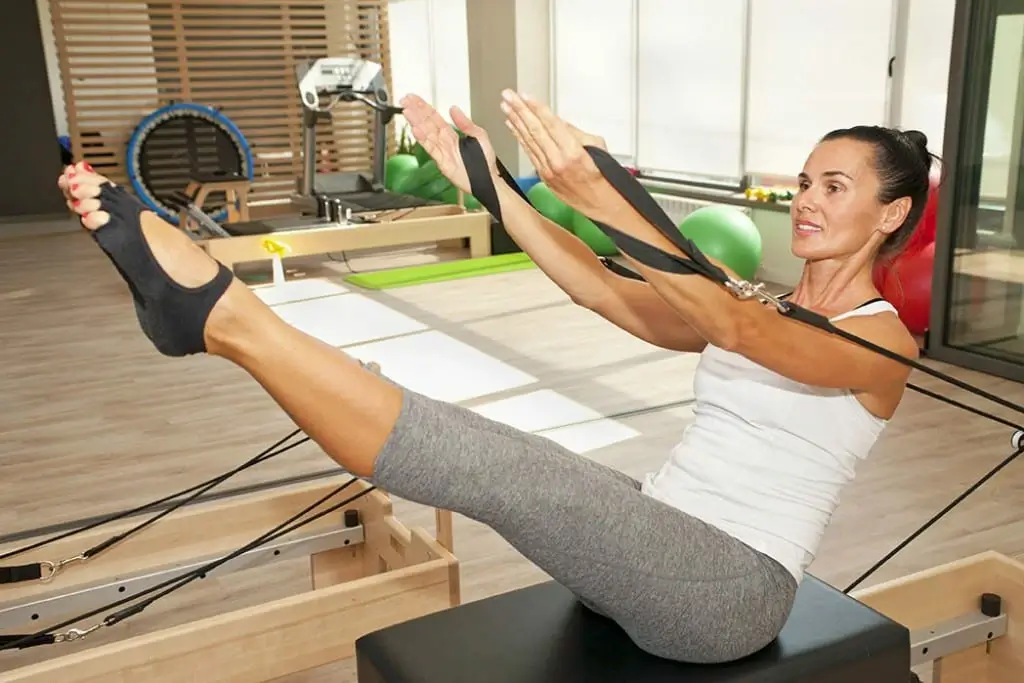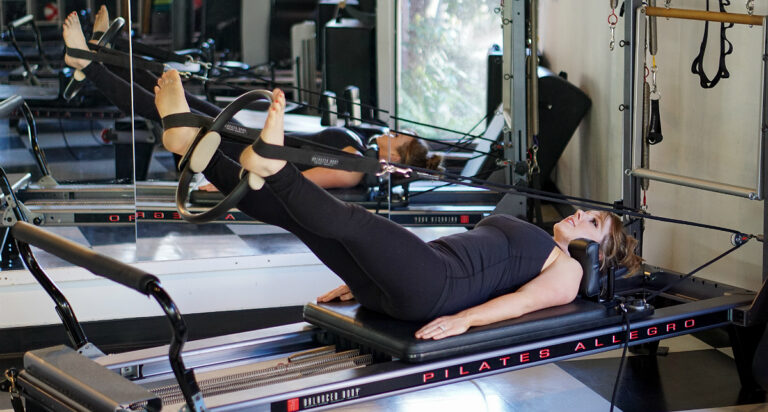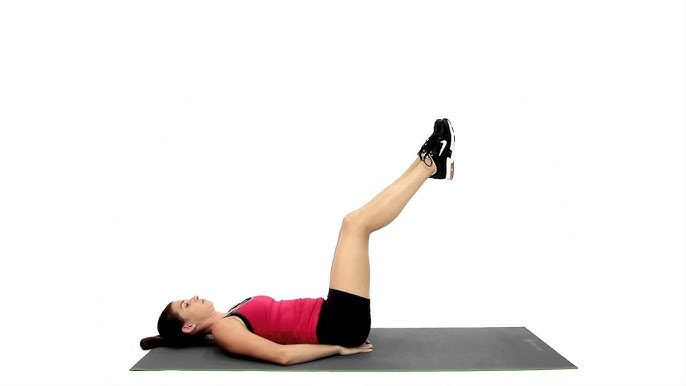Pilates Reformer Exercises for Ballet Dancers
Pilates reformer exercises for ballet dancers are renowned for their grace, strength, and precision. Pilates Reformer exercises provide an ideal complement to ballet training, offering a unique combination of flexibility, core strength, and body awareness. In this article, we’ll explore specific Pilates Reformer exercises tailored to benefit ballet dancers, enhancing their performance and overall well-being.

The Synergy of Pilates and Ballet
Pilates and ballet share fundamental principles, including a focus on core strength, flexibility, and alignment. Incorporating Pilates Reformer exercises into a ballet dancer’s training regimen can contribute to improved technique, reduced injury risk, and enhanced artistic expression.
Pilates Reformer Exercises for Ballet Dancers
1. Footwork Series
- Begin with the Footwork Series on the Pilates Reformer to promote ankle and foot flexibility. This series includes variations like the high diagonal and arch lift, helping dancers achieve better articulation through the feet.
2. Long Box Flexibility Exercises
- Incorporate Long Box exercises such as the Swan and Rocker with a focus on elongating the spine. These movements enhance back flexibility and strength, crucial for achieving graceful lines in ballet positions.
3. Strap Work for Leg Extension
- Utilize strap work to enhance leg extension. Exercises like Leg Circles and Arabesque with the straps emphasize lengthening the legs and engaging the muscles required for high extensions in ballet.
4. Side Split Series
- The Side Split Series on the Pilates Reformer targets lateral flexibility and hip mobility. This is particularly beneficial for ballet dancers working on splits and grand battements.
5. Teaser Variations
- Integrate Teaser variations into the routine to challenge abdominal strength and control. These exercises mirror the controlled movements required in ballet jumps and turns.
6. Lunges on the Reformer
- Lunges on the Reformer simulate the dynamic movements of ballet jumps. This exercise strengthens the legs, improves balance, and refines the landing mechanics, contributing to injury prevention.
7. Control Balance
- Conclude the session with Control Balance, a challenging exercise that demands core stability and control. This mirrors the precision required in balancing positions during ballet performances.
Tips for Ballet Dancers
- Focus on Alignment
- Pay attention to proper body alignment during each exercise. This aligns with ballet principles and ensures effective muscle engagement.
- Breathe Mindfully
- Incorporate mindful breathing into the Pilates routine. Breath control enhances body awareness and supports fluid movement.
- Progress Gradually
- Gradually progress to more advanced exercises as strength and flexibility improve. Avoid pushing beyond your limits to prevent injury.
FAQs
- Can beginners in ballet benefit from Pilates Reformer exercises?
- Yes, Pilates Reformer exercises can benefit dancers of all levels, including beginners, by building a strong foundation of core strength and flexibility.
- How often should ballet dancers incorporate Pilates Reformer exercises into their training?
- 2-3 times per week is a recommended frequency, but individual needs and schedules may vary.
- Are these exercises suitable for pointe shoe wearers?
- Yes, these exercises can enhance the strength and flexibility required for pointe work. However, dancers should consult with their instructors for personalized guidance.
- Can Pilates Reformer help with injury prevention for ballet dancers?
- Yes, Pilates Reformer exercises focus on core strength and proper alignment, contributing to injury prevention by improving overall body mechanics.
- Is it necessary to have a Pilates Reformer machine for these exercises?
- While a Reformer machine enhances the experience, some exercises can be adapted for home practice with minimal equipment. Consult with a certified Pilates instructor for guidance.
Conclusion
Integrating Pilates Reformer exercises into the training routine of ballet dancers offers a holistic approach to enhancing their performance. The synergy between Pilates and ballet principles creates a foundation for improved strength, flexibility, and artistry in dance.







